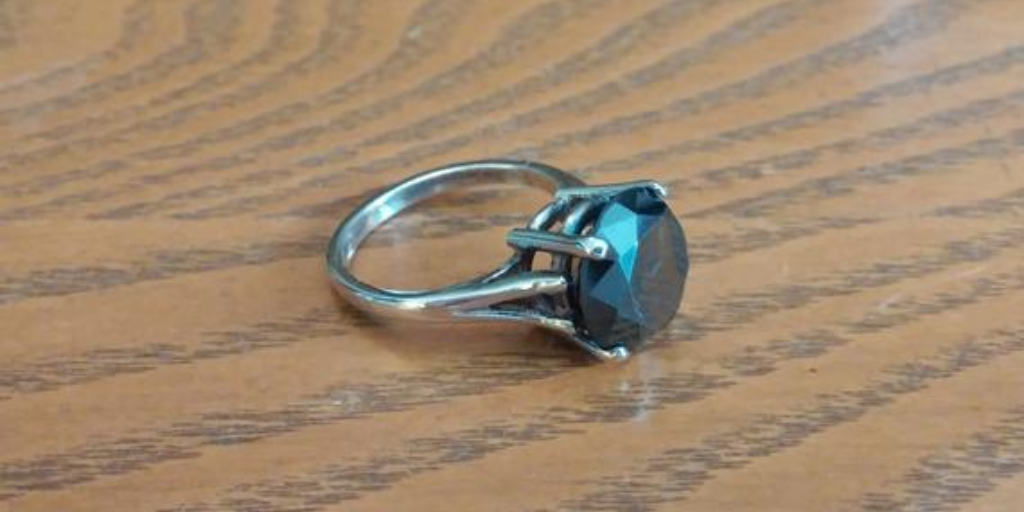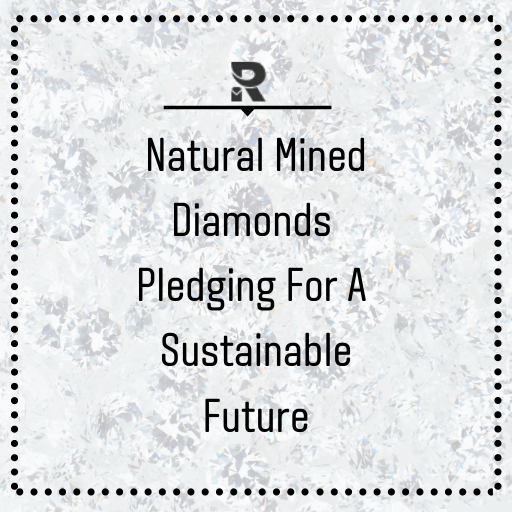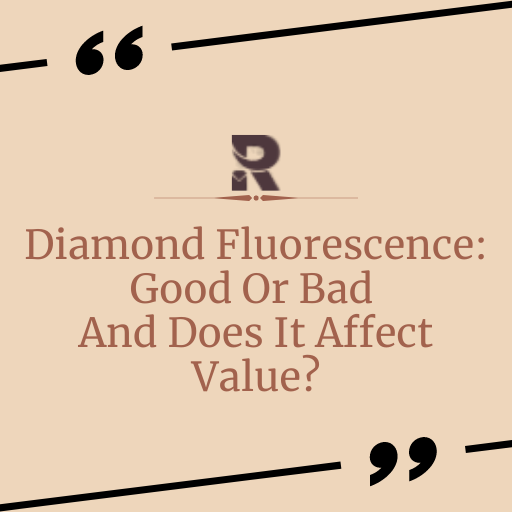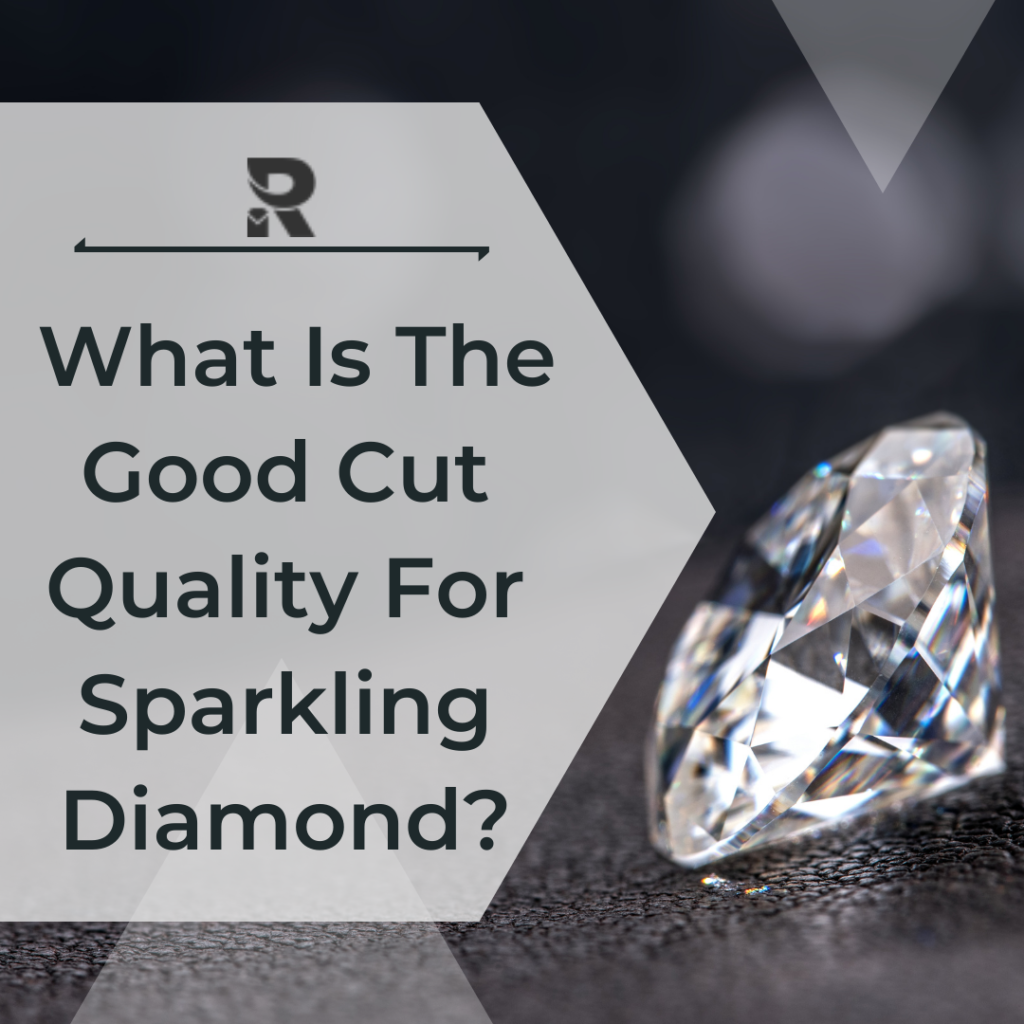
As we all are aware of the fact that the hardest known natural substance on earth is carbon and natural diamonds are made from them. After remaining in conditions of high pressure and temperature under the mantle of the earth, natural diamonds are formed with a time span of nearly 1 to 3 billion years.
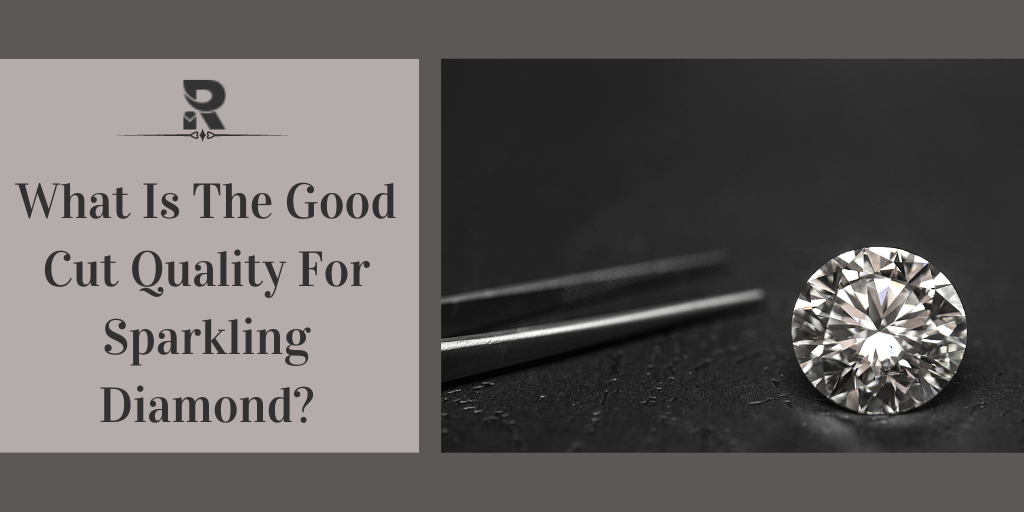
The 4C’s of the diamonds are responsible for the looks and charm of the diamonds. They are the cut, color, clarity, and carat. Out of these 4, the most important one of them all is the cut. It cannot be taken lightly and ignored among all the 4. The diamond may be of a bit less price and mainly people choose it but it has no brilliance and the value is quite very poor all that depends on the cut quality.
How are diamonds formed?
Deep inside the surface of the earth nearly about 100 miles or below diamonds are located mostly in the earth’s upper mantle. Due to all possible obvious reasons, those parts of the earth are quite hot and also under a lot of pressure due to the weight of the bearing down of the overlying rock. So these conditions of high temperature and pressure are the ones that are vital and responsible for the diamond crystals to grow under the surface of the earth. Till the latest knowledge of mankind, all the diamonds which are found on the earth are formed due to these similar kinds of conditions. That part of the earth cannot be sampled directly and there is no method to drill till that depth and also one cannot travel that down near the earth’s upper mantle.
How they came here
Many years ago in the history of the earth, a quite exceptional and unusual type of deep-seated volcanic eruption took place. Being quite violent in nature it was responsible to bring the diamonds that we now see on the earth’s surface. Such erupts have not been observed in modern times. The reason for those erupts to be quite deeply rooted is considered the hotness of the earth (which at that period of time was much hotter) due to frictional heating, the decay of radioactive elements, etc. As a result of these eruptions, the previously formed diamonds were carried to the earth’s surface from the upper mantle. On reaching the surface of the earth the eruption fabricated a heap of the volcanic material which over time cooled and inside which the diamonds are found.
What exactly is a diamond cut
Diamond-Cut is determined by the quality of the cut and polish of yeh diamond which also includes the symmetry and the depth of the stone. It is a misconception that the diamond cut is the shape of the diamond such as the round, oval, pear, etc. the direct relation of the cut quality of the diamond is with its brilliance and look along with the shine and sparkle. The guide which is well cut reflects maximum light back to the human eye and on the contrary, the diamond which is not that well-cut by professionals and experts looks shabby and dull which lacks any proper shine and charm. The cut quality affects the look, value, aestheticism, and charm of the diamond so it should not be neglected and taken lightly.
GIA cut quality for round diamonds
The diamond cut grade is generally determined by a number of factors such as the symmetry, polish, intensity, and blaze of the diamond. For the best possible results, one should always consider the diamonds especially the round ones with the best symmetry and cut along with polish. Only about 55 percent of the round cut diamonds receive the excellent GIA cut grade in reality. All this makes it even more important to check the cut quality either by yourself or by experts before making any purchase of diamonds for the best results and the output of your money.
Also Read: Major Reasons To Re-Examine Mined Diamonds
Diamond cut grade chart
| Excellent | The diamonds which have an excellent cut have the highest level of fire and brilliance. Because nearly all the light which enters the diamond is reflected through the table, the shine, sparkle magnificent and classy. |
| Very Good | The diamonds which are very Good Cut wise also have very good shine and brilliance. Here also a large amount of light enters from the diamond table and they have nearly the same sparkle and shine when seen by the naked human eyes as that of the excellent cut diamonds. |
| Good | The Good Cut Diamonds also show a good amount of shine and brilliance but they reflect a very less amount of light from the table to the naked human eye. So as a result their shine and price a bit less than the above mentioned. |
| Fair | The Fair Cut Diamonds have very little shine and brilliance because the light passes through the sides and bottom of the diamond. Such types of diamonds can be used as side stones or when someone tends to opt for the lower carat weight. |
| Poor | The Poor Cut Diamonds offer nearly no shine and sparkle all the light tends to escape from the sides and the of the diamond |
How is the price affected by the cut grades?
The price of the diamond cut depends on the accuracy and the quality of the cut most precisely its symmetry and proportions. if the depth, cut, symmetry and facets are accurate the cost we pay for the diamond is also high. And if all the above-mentioned facts are not true then the cost of the diamond is also less.
That is why it is recommended to spend more on the city quality of the diamond rather than the color, charity, and the carat. As in if the cut is not proper, the others do not matter because the brilliance and shine of a diamond come with it. If one is having a budget set for the diamond then should definitely set a higher one for the cut and the color and the clarity GIA can be neglected to a certain level.
The factors which affect the cut and the price of a diamond
The cut plays a very important role in all the C’s of the diamond. The below mentioned are various factors which affect it:
- Proportions (table, width, depth)
- Symmetrical facets (the mirrors, windows, and steps of a diamond)
- Brilliance (brightness of white light reflection)
- Fire (dispersion of colored light)
- Scintillation (the flashes of sparkle when light moves)
- Finishing details (permanent treatment and polishing)

Diamond proportions
The proportions in which a diamond is cut makes the diamond to reflect light, which as a result provides shine and sparkle diamond. The Proportions depend on the ratio, size, angle, and shape of the diamond to be precise. The setting of all of the above-mentioned factors decides how the diamond will look and reflect light which as such determines the brilliance and shimmering of the diamond.
Diamond Table
To determine the percent of the diamond table one needs to divide the top part of the diamond by its diameter. If in case the percentage is quite huge then there will be a problem in the reflection of light from various angles and the facets thus affecting the overall look and charm of the diamond. Vigorous reflections won’t be visible due to this as the light will pass from the top rather than reflecting and reaching the human eye.
On the contrary, if there is less table percentage then the light will get trapped inside the diamond rather than getting reflected back to the naked human eyes. So it would not be wrong to say that the perfect table percentage depends on the shape of the diamond.
Diamond Width
The length to width ratio of a diamond is measured by dividing the length of the diamond by the width.
Diamond Depth
It’s also a very important factor as in a lower depth % of two equal carat diamonds will appear larger due to the increased width. On the other hand, a depth % that is quite low then the reflection of the light will not occur properly thus giving the diamond a shabby and pale look.
What if the Diamond Cut is too shallow?
If a Diamond Cut is very shallow then the light will hit the pavilion at a very low angle. The light travels through the diamond and exits through the sides and thus instead of reflecting through the table and reaching the human eye.
What happens if a Diamond Cut is too deep?
If the cut is quite deep then the light will hit the bottom phase of the pavilion which as a result will reflect it to the other pavilion. This will force the light to pass through the bottom of the diamond thus, making the light blurred and dull and giving the diamond a pale and shabby look.
What is the best cut for a Diamond?
If the diamond is cut in good shape and size then it will reflect a good amount of light. Rather than the light escaping from the corners it reflects back from the table thus making it more appealing. The GIA also plays a good role in this. The ones with the excellent and good GIA should be preferred over the others as they will pass more light and make the diamond shine even more. That is why it is recommended to spend more on the city quality of the diamond rather than the color, charity, and the carat. As in if the cut is not proper the others do not matter because the brilliance and shine of a diamond come with it. If one is having a budget set for the diamond then should definitely set a higher one for the cut and the color and the clarity GIA can be neglected to a certain level.
Difference between diamond cut and shape of diamonds
Though taken to be similar these two terms are different. The shape of the diamond determines the figure of the diamond such as the round, pear, Marquise shaped diamonds, etc. Whereas the cut is the one that looks after the symmetry, reflections, facets, and other factors of the diamond.
Also Read: Why Are Pink Diamond So Rare And Exclusive?
Conclusion Thoughts
One should opt for the symmetrical faces as it acts like tiny mirrors which reflect light back to the human eye. The size and the symmetry of the facets is the one which makes sure how much light will be reflected and refracted thus making our diamond ideal and desirable.
The brilliance of the diamond is another such factor. It is the brightness of the white light reflection. When the diamonds under the light should reflect the maximum of it thus making them desirable and impactful to the human eyes. If the brilliance is less then it will look shabby. The finishing details should also be taken into account and it should only be done by an experienced craftsman as it will otherwise not be cut and polished properly thus not giving the diamond the desired look and charm.
